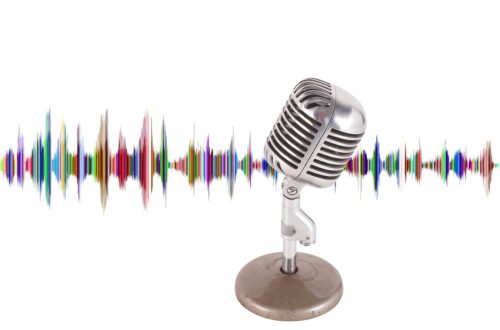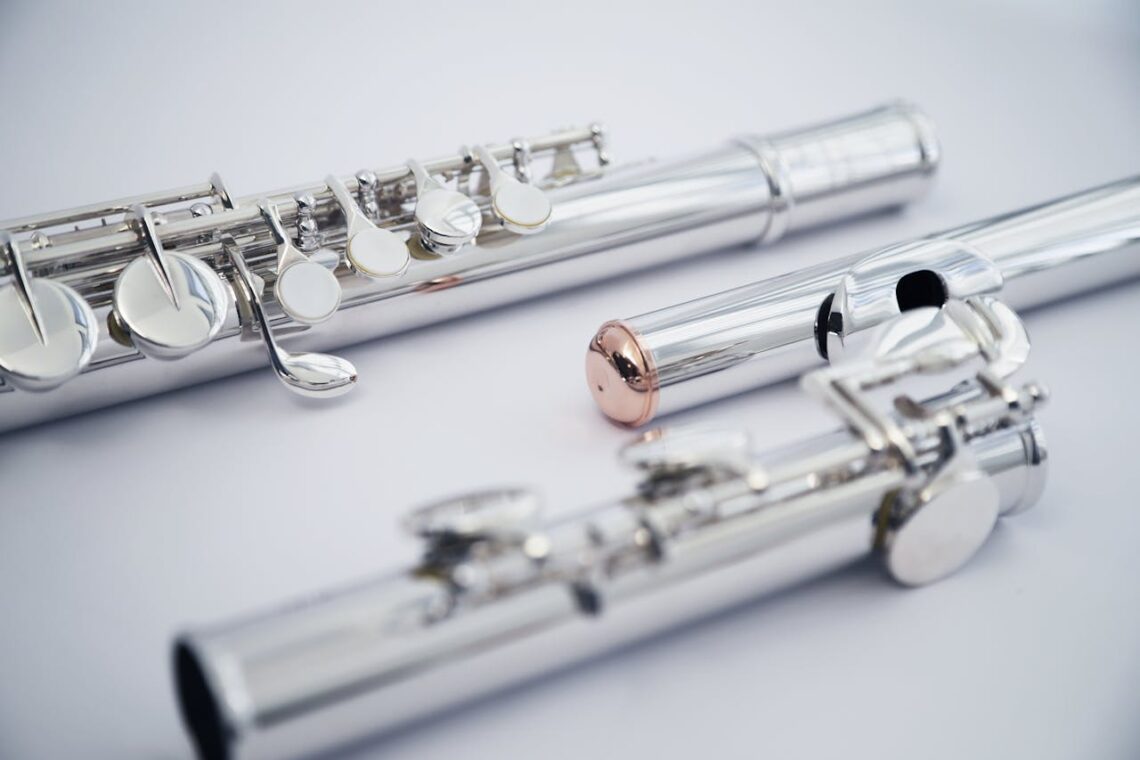
29 Fascinating Facts About Silver: A Journey Through History
Fascinating Facts About Silver
Firstly, This article, Facts About Silver will explore the rich history of silver, its many uses, and the compelling characteristics that make it an incredible metal.
Without a doubt Silver has been regarded as a precious metal for centuries, captivating the imagination of ancient civilizations and modern societies alike.
Not only is silver known for its beauty, but it also possesses unique properties that make it incredibly versatile. Furthermore, the fascinating facts about silver reveal its importance in various fields, including medicine, technology, and industry.
Historical Significance of Silver
Ancient Times and Civilizations
Throughout ancient times, silver has held a special place in the hearts of many cultures. For instance it was used for currency, decorative objects, and even as a symbol of good fortune. In ancient Egypt, for instance, silver was often reserved for the wealthy, signifying status and power.
- Notable Uses in Ancient Civilizations:
- Currency in trade
- Decorative pieces in tombs
- Silver ornaments for the elite
In addition, the Latin word for silver, “argentum,” reflects its historical significance and provides insight into its value across cultures.
The Role of Silver in the United States
In the United States, silver coins, such as the Kennedy half dollars and silver dimes, have played a crucial role in the economy. While the price of silver has fluctuated over the years, its value as a precious metal remains.
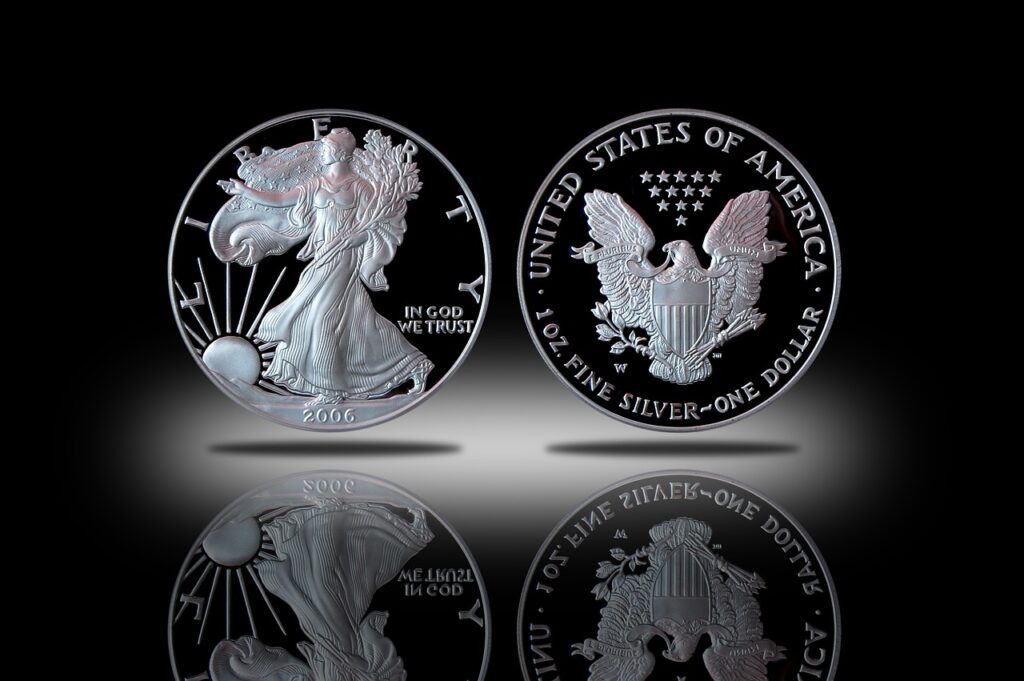
Properties of Silver
Chemical Composition
In fact Silver is classified as a chemical element on the periodic table, with the chemical symbol Ag and an atomic number of 47. Furthermore it is often recognized as the most reflective metal, which makes it highly sought after for various applications.
Antimicrobial Properties
Unquestionably one of the most remarkable facts about silver is its antimicrobial properties. Due to its unique ability to inhibit the growth of bacteria, silver has been widely used in medical devices and equipment.
- Common Uses in Medicine:
- Medical equipment
- Treatment specialists utilize silver for wound care
- Silver nitrate in various applications
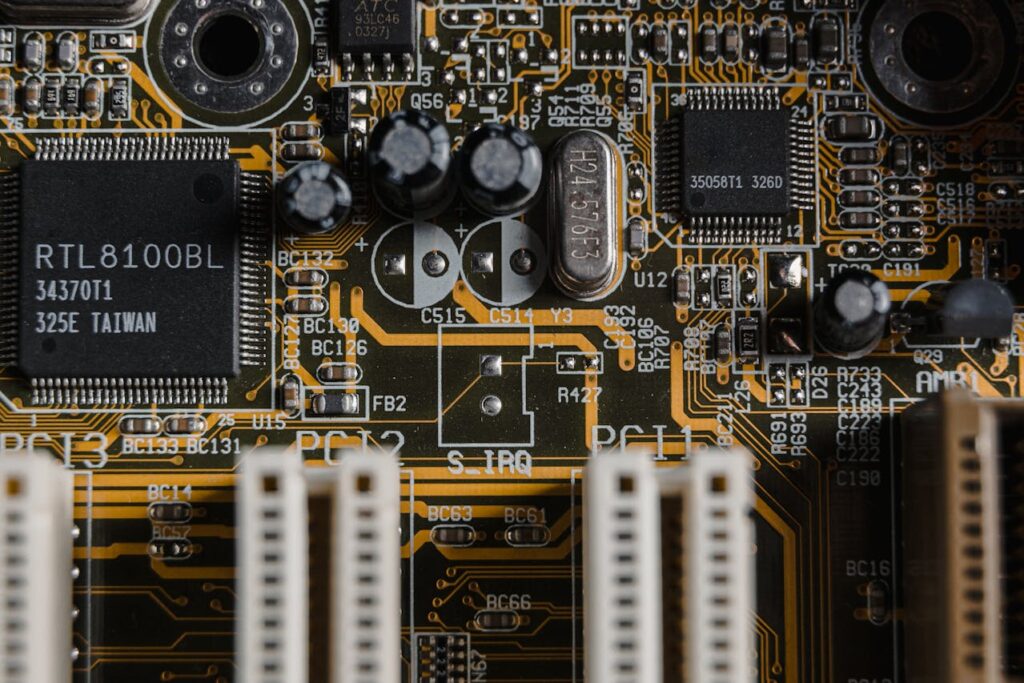
Industrial Applications
Moreover, the industrial uses of silver are vast. It is used in electronics due to its excellent conductivity, making it essential for electronic components and electrical circuits.
- Examples of Industrial Applications:
- Solar panels and solar cells
- Electrical circuits
- Silver salts in photography
Interesting Facts About Silver
Certainly Silver possesses a rich history and fascinating properties. In brief below are some interesting facts about silver that showcase its unique characteristics:
- Silver Tarnishes: Over time, silver objects can tarnish due to exposure to sulfur compounds in the air. This process can be reversed with proper care.
- Melting Point of Silver: The melting point of silver is approximately 961.8 degrees Celsius, making it a relatively soft metal that can be easily manipulated.
- Natural Alloy: Sterling silver, the most common type of silver, is an alloy that contains 92.5% silver and 7.5% other metals, usually copper.
- Valuable Metal: The price of silver can be influenced by market demand and industrial usage, making it a valuable investment.
The Connection to Everyday Life
Furthermore, the uses of silver extend into everyday objects. From silver spoons to decorative pieces, this precious metal enriches our lives in numerous ways. Its presence can often be seen in silver jewelry, musical instruments, and even in food decoration.

Frequently Asked Questions
What is the difference between sterling silver and pure silver?
Sterling silver is an alloy that contains 92.5% silver and other metals, while pure silver is 99.9% silver.
How does silver’s price fluctuate?
The price of silver can be influenced by market demand, economic conditions, and industrial applications?
Are there any health benefits associated with silver?
Yes, silver has antimicrobial properties and is used in various medical applications to help prevent infections?
What are the most common uses of silver today?
Silver is used in jewelry, electronics, medical devices, and as a form of currency?
Why is silver considered a valuable metal?
Silver’s rarity, beauty, and unique properties contribute to its status as a valuable metal?
Conclusion
In conclusion, the facts about silver highlight its significance throughout history and its versatile applications in modern life. Thus from ancient civilizations to contemporary uses in technology and medicine, silver continues to be an incredible metal with lasting value. As more fascinating discoveries are made, the allure of silver is expected to persist, captivating generations to come.
The Scientific Aspects of Silver
Atomic Structure and Properties
Silver, as a chemical element, possesses a unique atomic structure that contributes to its various characteristics. The atomic number 47 signifies the number of protons found in a single grain of silver, while its position on the periodic table showcases its relation to other elements.
- Key Characteristics of Silver:
- Best Electric Conductor: Silver is known as the best electric conductor of all the elements, which is why it is frequently used in electronic components.
- Boiling Point: The boiling point of silver is approximately 2162 degrees Celsius, allowing it to withstand high temperatures in industrial processes.
- Reflectivity: Silver’s unique ability to reflect visible light makes it ideal for mirrors and optical applications.
Silver Compounds and Their Uses
The versatility of silver extends beyond its metallic form. Silver compounds, such as silver iodide and silver sulfide, have numerous applications in various fields, showcasing the extensive range of facts about silver.
Industrial Uses of Silver Compounds
Silver compounds are employed in several industrial applications, including:
- Photography: Silver salts are crucial in traditional photography, where they are used to create images on photographic film.
- Cloud Seeding: Silver iodide is often utilized in weather modification processes, such as cloud seeding, to encourage rainfall.
- Antibacterial Treatments: Silver nitrate and silver sulfide are commonly used in medical applications due to their antimicrobial properties.
Silver in Technology
The technological advancements of recent years have further expanded the uses of silver. As solar energy becomes increasingly important, silver plays a crucial role in solar panels and solar cells.
- Importance of Silver in Renewable Energy:
- Silver’s high electrical conductivity is essential for the efficiency of solar cells.
- A thin layer of silver is often applied to solar panels to enhance energy conversion.
Cultural Significance of Silver

Silver and Good Fortune
In many cultures, silver is associated with good fortune and prosperity. This belief has roots in ancient civilizations, where silver objects were often given as gifts during special occasions, symbolizing wishes for happiness and wealth.
Silver Objects in Traditions
- Ceremonial Use: Silver spoons and ornaments are commonly gifted to newborns as tokens of good luck.
- Festive Decorations: In various cultures, silver decorations are used during celebrations to attract positive energy and ward off evil spirits.
The Mythology of Silver
Throughout history, silver has been intertwined with mythology and folklore. For instance, the notion of the “silver bullet” has permeated popular culture, representing a solution to seemingly insurmountable problems.
- Cultural References:
- Judas Iscariot: In biblical stories, silver is linked to betrayal, as Judas Iscariot was paid thirty pieces of silver for his actions.
- Magical Powers: Folklore often attributes magical properties to silver, with tales of its ability to ward off evil spirits and protect against harm.
Fun Facts About Silver
As we delve deeper into the fascinating facts about silver, several fun tidbits emerge:
- Rich History: Silver has been used as a currency since ancient times, making it one of the first metals to be mined and refined by early humans.
- Modern Uses: Today, silver is not only a staple in jewelry collections but also finds its way into musical instruments, enhancing sound quality.
- Troy Ounces: Silver is typically measured in troy ounces, with one troy ounce equal to approximately 31.1 grams.
The Future of Silver
Looking ahead, the future of silver appears promising. With its applications in emerging technologies, such as renewable energy and advanced medical devices, silver’s importance in various fields is expected to grow.
- Innovative Uses on the Horizon:
- Potential development in nanotechnology, where silver nanoparticles are being researched for their unique properties.
- Increased demand for silver in the electronics industry as technology advances.
Frequently Asked Questions (Continued)
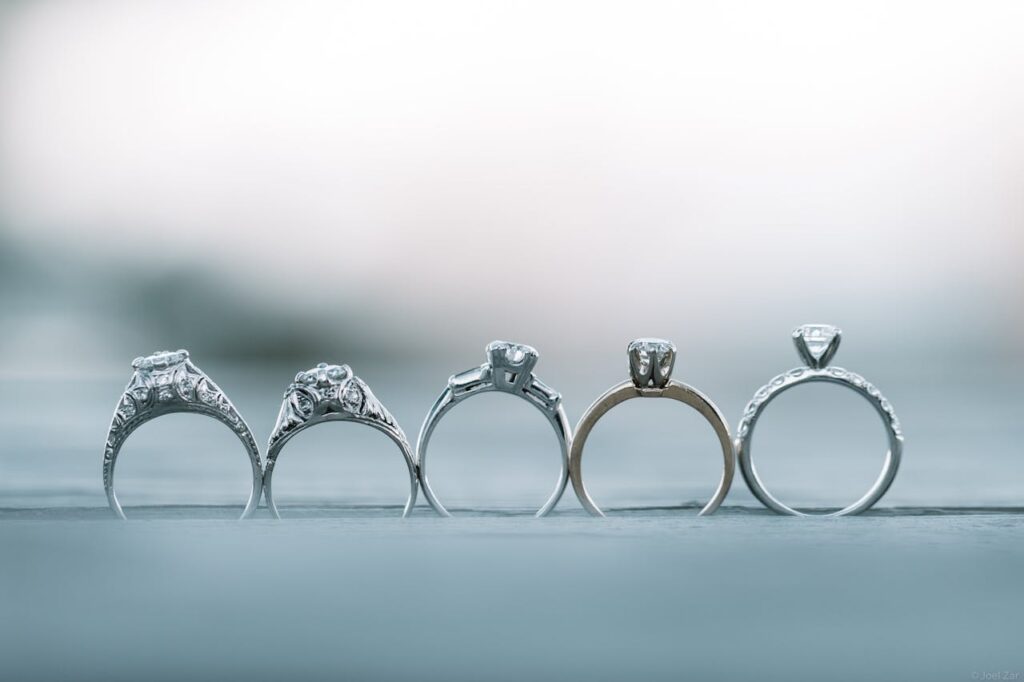
How does silver’s price compare to gold?
While both silver and gold are precious metals, silver is generally more affordable than gold, making it an attractive investment for many?
Can silver be recycled?
Yes, silver can be recycled, and this process is commonly practiced in the jewelry and electronics industries to recover valuable metal?
What is the significance of sterling silver?
Sterling silver, containing 92.5% silver, is recognized for its durability and is commonly used in high-quality jewelry and household items?
Are there any environmental impacts of silver mining?
Yes, silver mining can have environmental impacts, including habitat destruction and pollution, highlighting the need for sustainable practices?
What should I know before investing in silver?
Potential investors should research current market trends, the historical price of silver, and the various forms of silver available, such as bullion and coins?
Conclusion
In summary, the fascinating facts about silver illustrate its multifaceted role throughout history and its continuing relevance in contemporary society. From its scientific properties to its cultural significance, silver remains a valuable metal that captivates and inspires. As the world evolves, silver’s incredible versatility and unique characteristics will undoubtedly continue to play a crucial role in various fields.
The Economic Impact of Silver
Silver as an Investment
Investing in silver has become increasingly popular among individuals seeking to diversify their portfolios. The price of silver often moves inversely to economic conditions, making it a safe haven during times of uncertainty.
Advantages of Silver Investments
- Affordability: Unlike gold, silver is relatively affordable, allowing more people to invest in precious metals.
- Market Demand: Increased industrial applications, especially in electronics and renewable energy, contribute to growing demand for silver.
- Inflation Hedge: Silver is often viewed as a hedge against inflation, as its value tends to rise when fiat currencies lose purchasing power.
The Global Silver Market
The world’s top producers of silver include countries such as Mexico, Peru, and China. These nations contribute significantly to the global supply of this precious metal, impacting its price and availability.
- Major Silver Producers:
- Mexico: Renowned for its rich silver mines, Mexico has been the largest producer of silver for many years.
- Peru: Known for high-quality silver mining operations, Peru ranks as another leading silver producer.
- China: With a focus on both mining and recycling, China plays a crucial role in the silver market.
The Price of Silver Over Time
The price of silver has experienced significant fluctuations over the decades. Factors influencing these changes include economic conditions, geopolitical events, and advancements in technology.
- Historical Trends:
- The price of silver peaked during the 1980s and again in the 2010s, driven by speculation and industrial demand.
- Recent years have seen a resurgence in interest, particularly in the context of renewable energy and technological innovations.
Unique Uses of Silver
Silver in Medicine
The medical field has long recognized the unique properties of silver, leveraging its antimicrobial effects in various applications. Silver-infused medical equipment is increasingly common in hospitals and clinics.
- Applications in Medical Equipment:
- Wound Dressings: Silver sulfadiazine is commonly used in burn treatments due to its antibacterial properties.
- Catheters: Silver-coated catheters help reduce the risk of infections in patients.
Decorative and Functional Uses
Silver is not only valued for its functionality but also for its aesthetic appeal. Yet Silver jewelry and ornaments remain popular choices for special occasions and everyday wear.
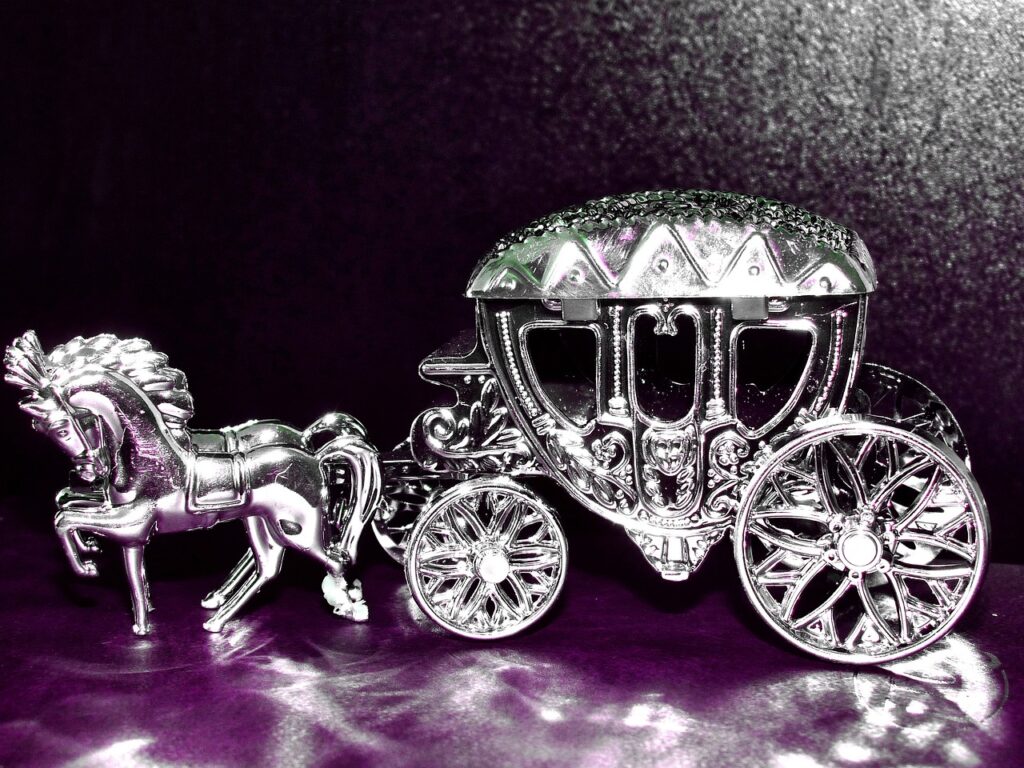
Silver Jewelry and Ornaments
- Cultural Significance: In many cultures, silver jewelry is passed down through generations, symbolizing heritage and family ties.
- Versatility in Design: Silver can be crafted into intricate designs, making it a preferred choice for artisans and designers.
Silver in Everyday Objects
Everyday use of silver is widespread, and it can be found in various household items, enhancing both their beauty and utility.
- Examples of Everyday Objects:
- Silver Spoons: Often associated with tradition, silver spoons are commonly gifted during milestones such as christenings.
- Musical Instruments: Silver is frequently used in the production of high-quality musical instruments, improving sound quality.
Environmental Considerations
Sustainable Silver Mining
As the demand for silver continues to grow, concerns regarding the environmental impact of silver mining have come to the forefront. Sustainable mining practices are being advocated to minimize ecological harm.
- Methods of Sustainable Mining:
- Utilizing advanced technologies to reduce waste and water consumption.
- Implementing restoration projects to rehabilitate mining sites post-extraction.
Recycling Silver
Recycling silver is an effective way to meet demand while reducing the environmental footprint of mining. Various industries actively recycle silver, especially in electronics and jewelry.
- Benefits of Recycling:
- Conserves natural resources and reduces the need for new mining.
- Lowers energy consumption compared to the extraction of raw silver.
Fun and Quirky Facts About Silver
- The Most Reflective Metal: Silver is the most reflective metal, capable of reflecting 95% of visible light, making it ideal for high-quality mirrors.
- Harmonic Properties: In musical instruments, silver’s unique properties can enhance sound quality, particularly in flutes and trumpets.
- Cultural Beliefs: In folklore, silver is believed to possess protective qualities, making it a popular choice for amulets and talismans.

Conclusion
The myriad facts about silver reveal its profound impact on various aspects of life, from economics to culture. As an incredibly versatile metal, silver continues to play a crucial role in industry, technology, and the arts. Its rich history and unique properties ensure that silver will remain a topic of fascination and importance for generations to come.
Silver’s Role in Art and Culture
Artistic Expressions
Throughout history, silver has served as a medium for artistic expression. From intricate jewelry to stunning decorative pieces, silver’s beauty has been harnessed by artisans worldwide.
Silver in Fine Art
Silver has been used in various forms of fine art, including:
- Engravings and Etchings: Silver plates have historically been used in printmaking, creating detailed works of art.
- Sculpture: Artists have employed silver to create striking sculptures, often symbolizing wealth and status.
The Language of Silver
Interestingly, the English language has several expressions and idioms that reference silver, highlighting its cultural significance. For example, phrases like “born with a silver spoon in one’s mouth” indicate privilege and wealth, underscoring the metal’s association with prosperity.
Related Post: The Best 16 Interesting Facts about Palladium Revealed!
Scientific Research and Silver Innovations

Advancements in Nanotechnology
Evidently recent research has unveiled the potential of silver nanoparticles in various innovative applications. What’s more their unique properties are being harnessed in multiple fields, paving the way for new advancements.
- Medical Applications: Silver nanoparticles are being studied for their efficacy in drug delivery systems and antimicrobial coatings.
- Environmental Remediation: The ability of silver to interact with pollutants is being explored for use in environmental cleanup efforts.
Silver in Electronics
As technology continues to evolve, the demand for silver in electronic components remains high. Therefore its unique properties make it indispensable in modern electronics.
- High Conductivity: Indeed Silver’s exceptional electrical conductivity ensures efficient performance in devices, from smartphones to solar panels.
- Miniaturization: The trend toward smaller electronic devices has increased the demand for silver in thin layers and components.
Fun Facts to Remember
- The Atomic Number: Silver’s atomic number is 47, indicating it has 47 protons in its nucleus.
- Soft Metal: As a soft metal, silver can be easily shaped and formed, making it ideal for intricate designs.
- Historical Uses: In ancient times, silver was used for medicinal purposes, believed to ward off diseases and infections.
Cultural Rituals and Beliefs
Silver’s significance extends into cultural rituals and beliefs around the world. In fact many cultures use silver in celebrations and rites of passage, symbolizing purity and protection.
- Cultural Gifts: Silver objects, such as cutlery and ornaments, are often given as gifts during weddings and anniversaries, representing love and commitment.
- Symbol of Purity: Indeed in various traditions, silver is viewed as a symbol of purity, often incorporated into religious ceremonies and offerings.
Conclusion: The Timeless Value of Silver
In conclusion, the myriad facts about silver illuminate its timeless appeal and versatility. Hence from its scientific properties to its rich cultural heritage, silver continues to capture the interest and admiration of people across the globe.
Whether used in jewelry, technology, or medicine, silver’s unique characteristics ensure its enduring legacy.
As we look toward the future, the ongoing exploration of silver’s properties promises to unlock even more innovative applications.
Thus by understanding and appreciating this incredible metal, we can ensure that silver retains its special place in our hearts and society.
Finally with its historical significance, practical uses, and fascinating qualities, silver remains a valuable metal, symbolizing wealth, beauty, and the pursuit of excellence.
So, the next time you encounter silver—whether in a piece of jewelry, a decorative object, or even in the context of technology—take a moment to appreciate the rich history and myriad facts about silver that make it so special.


